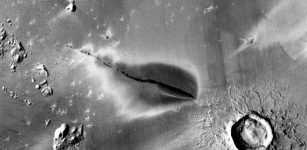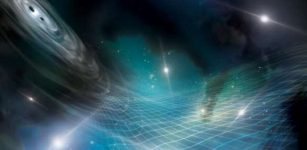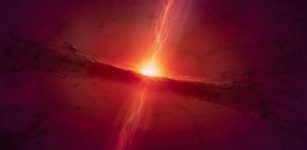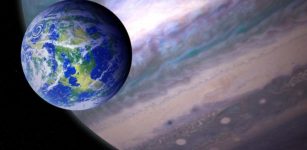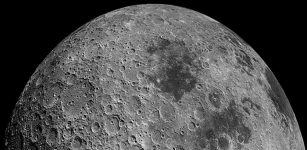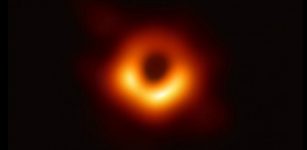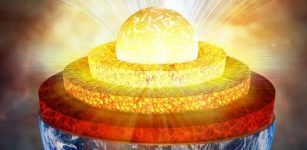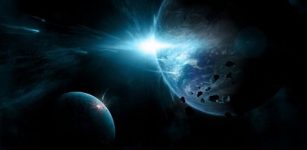When Is A Star Not A Star?
MessageToEagle.com – The line that separates stars from brown dwarfs may soon be clearer thanks to new work led by Carnegie’s Serge Dieterich.
A new study demonstrate that brown dwarfs can be more massive than astronomers previously thought.
To shine bright, stars need the energy derived from the fusion of hydrogen atoms deep in their interiors. If too small, hydrogen fusion can’t occur, so the object cools, darkens, and turns into something called a brown dwarf.
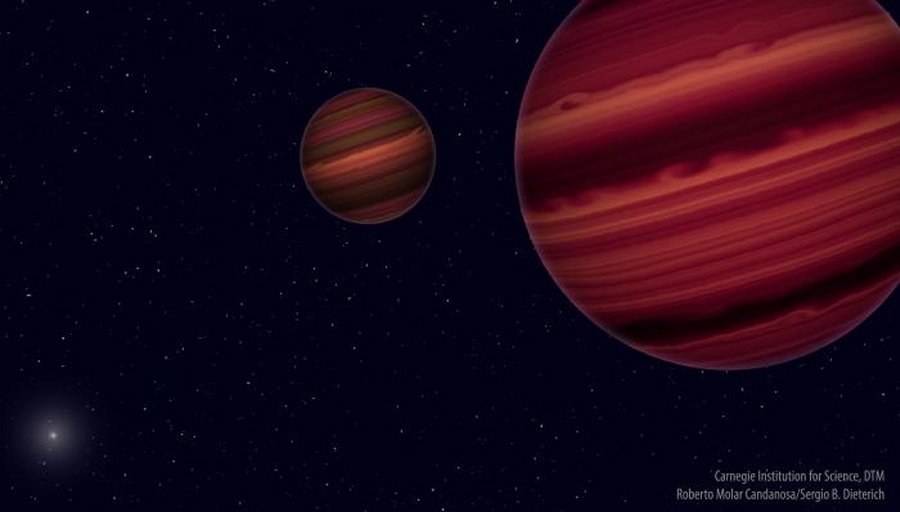
Many researchers are trying to determine the mass, temperature, and brightness of objects on both sides of this divide.
“Understanding the boundary that separates stars from brown dwarfs will improve our understanding of how both form and evolve, as well as whether or not they could possibly host habitable planets,” Dieterich explained.
Dieterich and colleagues—including Carnegie’s Alycia Weinberger, Alan Boss, Jonathan Gagné, Tri Astraatmadja, and Maggie Thompson—demonstrated that brown dwarfs can be more massive than astronomers thought.
The latest theoretical models predict that the boundary separating stars from brown dwarfs occurs in objects that are between 70 to 73 times the mass of Jupiter, or about 7 percent the mass of our Sun, but the results from Dieterich and team question this prediction.
The two observed brown dwarfs, called Epsilon Indi B and Epsilon Indi C, are part of a system that also includes a star of medium luminosity—Epsilon Indi A. The two brown dwarfs are much too faint to be stars, but their masses are respectively 75 and 70 times that of Jupiter, according to the researchers’ findings.
The measurements were accomplished using data from two long-term studies—the Carnegie Astrometric Planet Search at the Carnegie Las Campanas Observatory and the Cerro Tololo Inter-American Observatory Parallax Investigation run by the Research Consortium of Nearby Stars—which allowed them to detect the minute motions of the two brown dwarfs against the background of more-distant stars.
The findings put Episilon Indi B and C in what was previously considered the stellar realm, even though we know from other observations that they are not stars.
“Taken together, our results mean that the existing models need to be revised,” Dieterich concluded. “We showed that the heaviest brown dwarfs and the lightest stars may only have slight differences in mass. But despite this, they are destined for different lives—one racing to dim and cool, the other shining for billions of years.”
MessageToEagle.com

